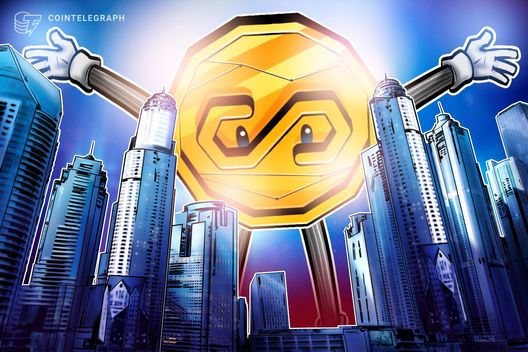
How Fintechs and Neobanks Are Ushering In the Next Era of Stablecoin Adoption

The promise of cryptocurrency has always been transformative, yet its volatility often presents a significant barrier to mainstream adoption. Enter stablecoins: digital assets designed to maintain a stable value, typically pegged to fiat currencies like the US dollar. While initially a niche concept, stablecoins are rapidly moving into the financial mainstream, not through traditional banking giants, but through the innovative channels of fintech companies and neobanks. These agile players are bypassing legacy infrastructure, providing unprecedented access, yield, and utility, particularly in emerging markets where traditional finance often falls short.
Stablecoins: A Digital Bridge to Financial Stability
Stablecoins represent a crucial evolution in the digital asset landscape. By offering the benefits of blockchain technology – speed, transparency, and low transaction costs – without the wild price swings of assets like Bitcoin or Ethereum, they bridge the gap between traditional fiat currencies and the decentralized world. For individuals and businesses alike, stablecoins offer a reliable medium for digital payments, cross-border remittances, and even as a hedge against local currency inflation. Their appeal is particularly strong in economies where local currencies are unstable or where traditional banking services are either scarce, expensive, or inefficient.
Fintechs and Neobanks: Redefining Access and Experience
Traditional banks, burdened by stringent regulations, outdated technology, and often slow-moving bureaucracy, have been hesitant to fully embrace stablecoins. This hesitation has created a fertile ground for fintechs and neobanks to innovate. These digital-first financial institutions are uniquely positioned to integrate stablecoins into user-friendly platforms, making them accessible to a broader audience. They offer seamless onboarding, intuitive mobile apps, and often lower fees than their traditional counterparts. Users can now easily buy, sell, save, and even spend stablecoins, often with integrated debit cards, transforming these digital assets from speculative investments into practical tools for everyday financial management. This direct, digital-native approach is effectively leapfrogging the traditional banking system, offering a modern alternative for global financial participation.
Empowering Emerging Markets with Programmable Money
The impact of stablecoin adoption driven by fintechs and neobanks is nowhere more profound than in emerging markets. In regions grappling with economic volatility, high inflation, or a large unbanked population, stablecoins offer a lifeline. Remittances, a critical flow of capital for many developing nations, become significantly cheaper and faster when processed via stablecoins. Instead of waiting days and paying exorbitant fees, individuals can send and receive funds almost instantly for a fraction of the cost. Moreover, stablecoins provide a stable store of value, protecting savings from hyperinflation and offering a degree of financial stability that local currencies often cannot. This isn't just about faster payments; it's about financial inclusion and empowerment, offering a pathway to economic participation for millions previously excluded from the global financial system.
Beyond simple transactions, the concept of 'programmable money' enabled by stablecoins is unlocking new possibilities. Smart contracts can automate payments, facilitate micro-lending, and create innovative financial products that were previously unimaginable within legacy systems. From decentralized finance (DeFi) protocols offering competitive yields to automated payroll systems, stablecoins are becoming the foundational layer for a new, more efficient, and inclusive financial architecture.
The Road Ahead: Opportunities and Considerations
While the momentum behind stablecoin adoption is undeniable, the journey ahead isn't without its challenges. Regulatory clarity remains a key concern, with governments worldwide working to establish frameworks that foster innovation while ensuring consumer protection and financial stability. Security of platforms, user education, and interoperability across different blockchain networks are also vital for sustainable growth. However, the benefits offered by fintechs and neobanks in driving stablecoin utility are too significant to ignore. Their ability to deliver programmable money directly to consumers, bypassing traditional bottlenecks, is fundamentally reshaping how we interact with money.
Conclusion
The convergence of stablecoins with the agility of fintechs and neobanks marks a pivotal moment in the evolution of finance. These digital innovators are not just making stablecoins accessible; they are integrating them into the fabric of daily financial life, especially in parts of the world where financial services are most needed. By prioritizing user experience, efficiency, and global reach, fintechs and neobanks are indeed driving the next era of stablecoin adoption, paving the way for a more inclusive, efficient, and digitally-native financial future for everyone.
Keywords: Crypto
